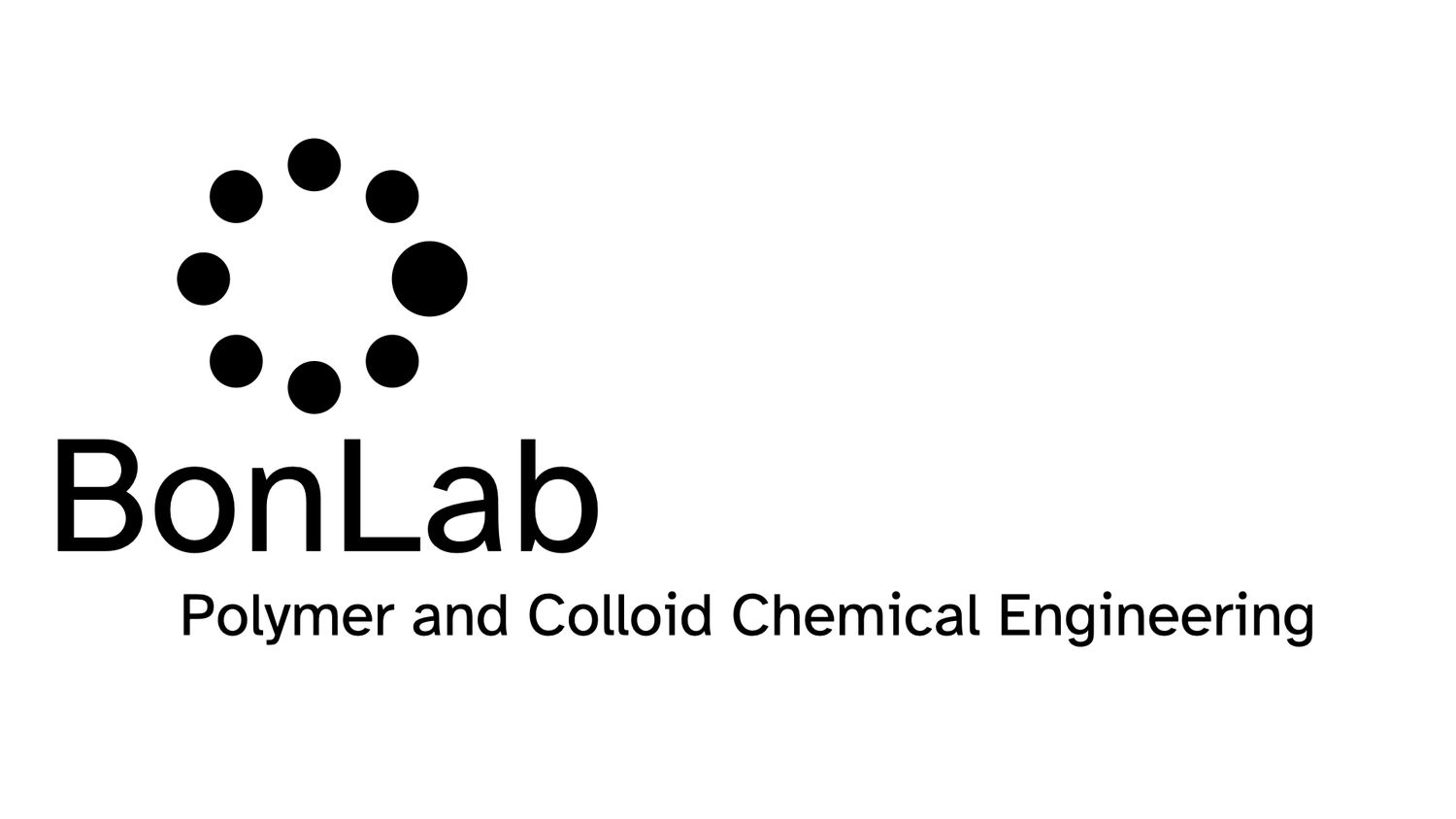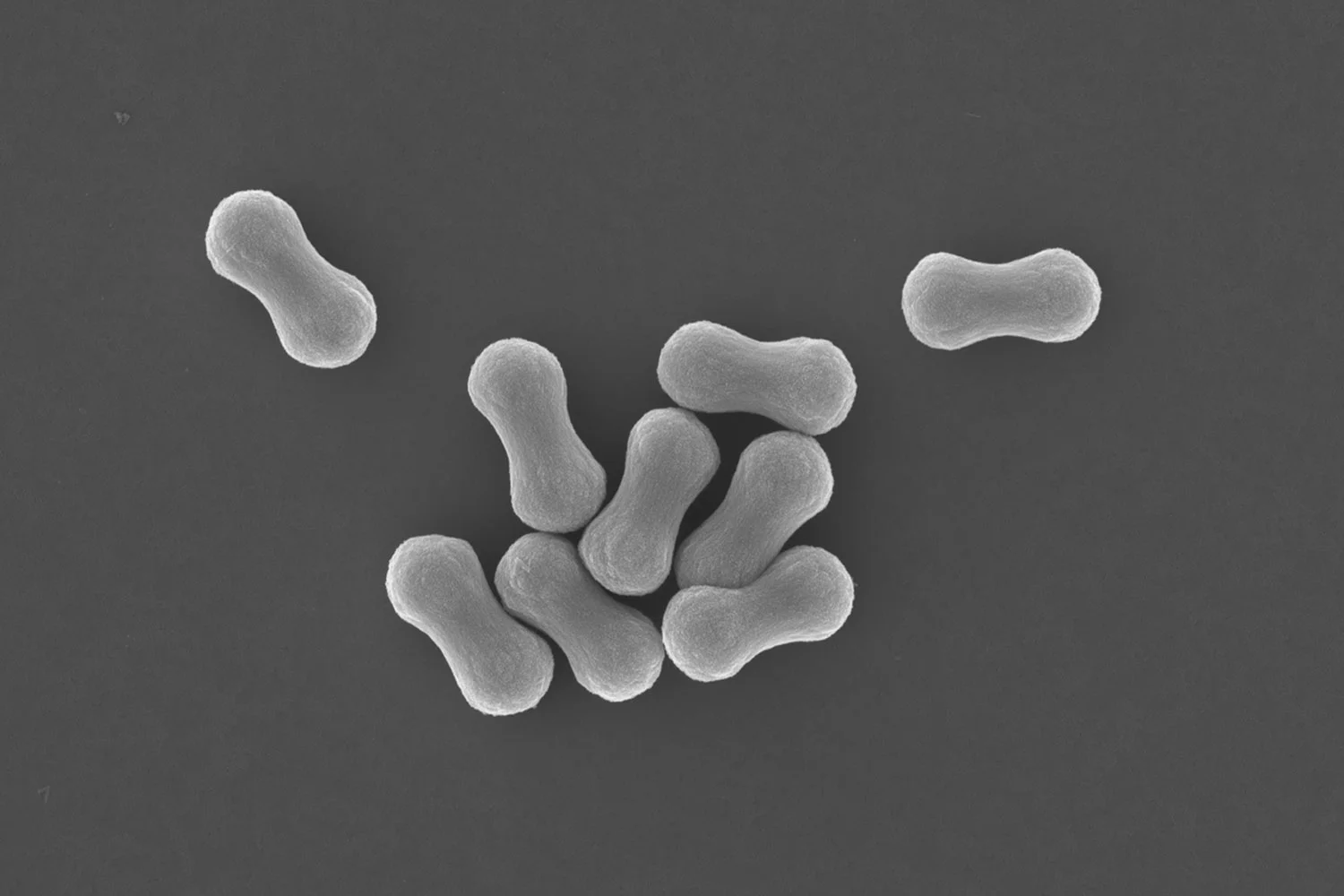The Warwick Awards for Teaching Excellence (WATE) are handed out annually by the University of Warwick (UK) and aim to recognise those who have made a difference to the student learning experience through their work and their teaching practice. This year there were over 400 nominations by staff and students.
After an extraordinary academic year (2020-2021), WATE will be celebrating stories of ’everyday excellence’ in challenging times. Award winners are recognised for their exceptional commitment, impact and innovation to higher eduction by supporting students and colleagues, planting the seeds for future approaches to teaching and learning as we emerge from the global COVID pandemic.
One of the recipients this year of an individual Warwick Award for Teaching Excellence (WATE) is prof. dr. ir. Stefan Bon, a chemical engineer with expertise in polymer and colloid science, who works in the Department of Chemistry within the Faculty of Science, Engineering, and Medicine.
Prof. Bon is passionate about and dedicated to education, has an excellent relationship with the students, and has a track record to innovate in and to deliver great learning environments and experiences for students at Warwick. Throughout the years he has delivered original and exciting modules in polymer and colloid science, thermodynamics, kinetics, mathematics, key skills, and chemistry practical lab classes.
His creativity, drive, and passion to teach science and his engagement with the student community have led to progressive educational ideas being implemented at Warwick University, amongst which Chemistry Café, a highly successful student led social informal learning space, a concept now rolled out to multiple departments.



Prof. dr. ir. Stefan Bon says: “ This award came as a total surprise. I am absolutely delighted to have been nominated by our students and I am thrilled that the WATE committee decided to make me one of this year’s WATE recipients. I truly feel touched by this, it means a lot.
I would like to say a massive ‘thank you’ to all the students for their enthusiasm and dedication to their studies, standing up for themselves and each other, and forming together the Warwick community, especially in these unusual and difficult COVID times. I am proud of what they have achieved, especially in this academic year.
Teaching science is a key reason why I became an academic. The opportunity to mesmerise people with scientific concepts and see them use and apply these with enthusiasm to discover new science and develop innovative strategies for a more sustainable society, makes me very happy.
The combined learnings from teaching over one academic year remotely/blended, together with the STEM-grand challenge plans Warwick University has for the sciences, is a not to be missed opportunity to provide a step-change in higher education delivery.”
Prof. Bon is contributing actively to this with colleagues from across the University and is leading a task group under the Education and Students Experience Work Group, to look at new and exciting learning opportunities and curriculum design and how these can be implemented for Warwick science.



